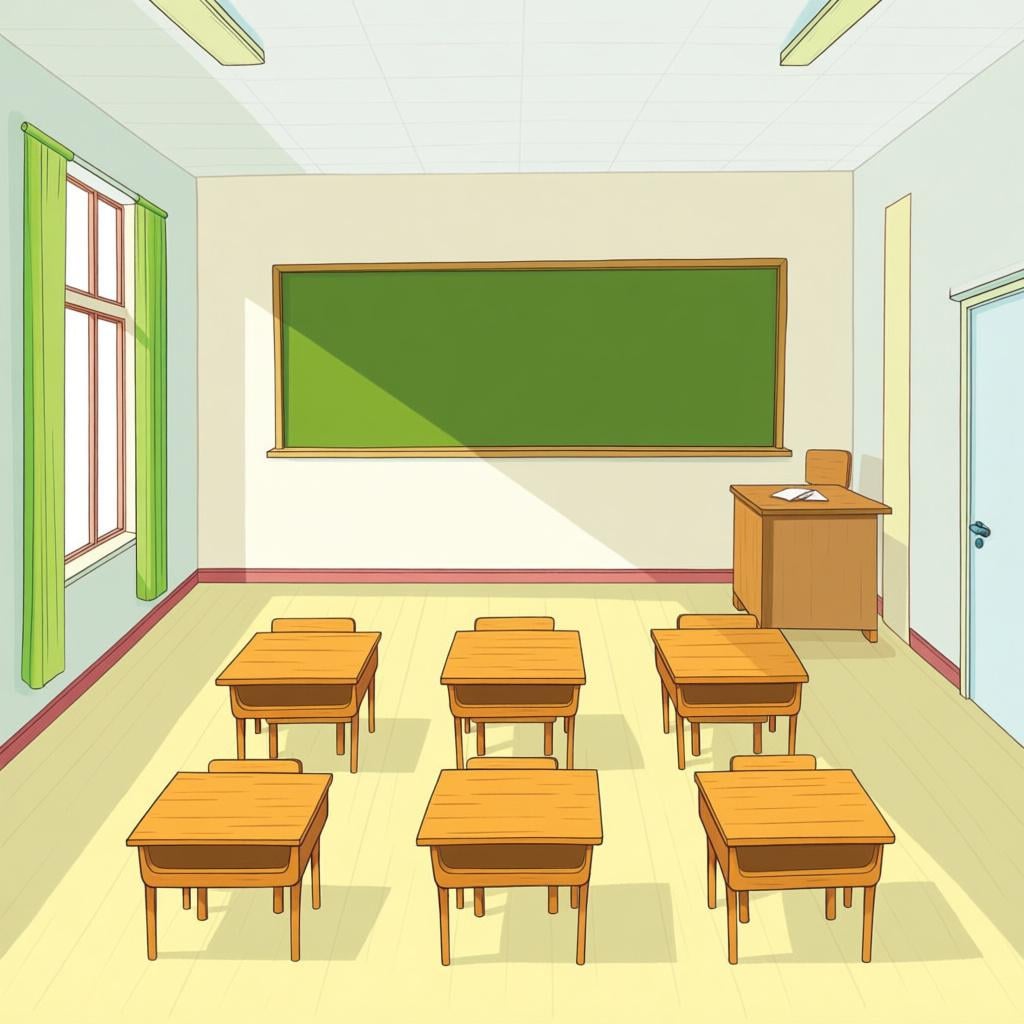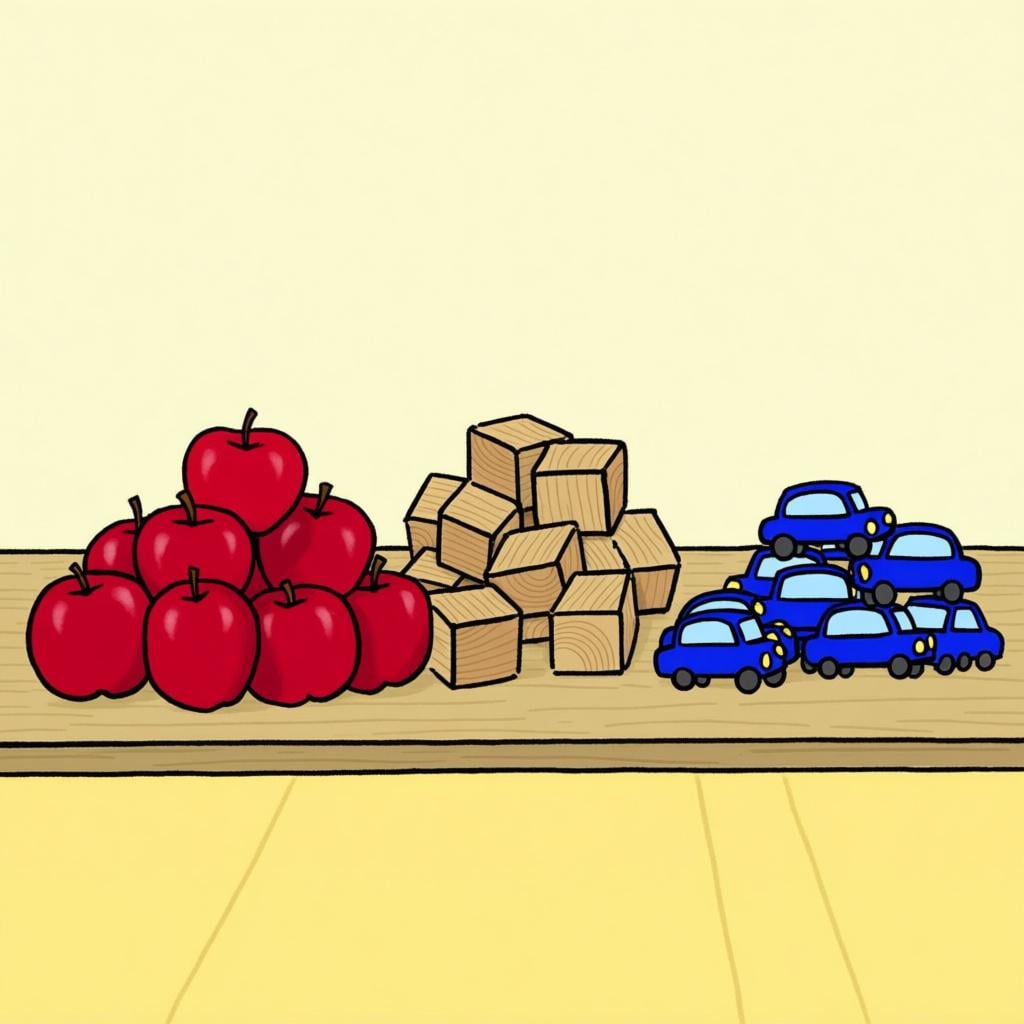clase
/KLAH-seh/
class

Clase (class/lesson) refers to a scheduled period of instruction.
clase(Noun)
class
?a scheduled period of instruction
,lesson
?a session of learning
course
?a series of lessons, e.g., 'a Spanish course'
📝 In Action
Tengo clase de español a las diez.
A1I have Spanish class at ten.
La clase de hoy fue muy interesante.
A1Today's class was very interesting.
Me apunté a unas clases de baile.
A2I signed up for some dance classes.
💡 Grammar Points
It's a Feminine Noun
Even though 'clase' doesn't end in '-a', it's a feminine word. So, you always say 'la clase' (the class) or 'una clase' (a class). Never 'el clase'.
❌ Common Pitfalls
'Clase' vs. 'Lección'
Mistake: "Using them in exactly the same way all the time."
Correction: 'Clase' is better for the scheduled event ('Tengo clase a las 3'). 'Lección' is better for the specific unit of study ('Hoy estudiamos la lección 5'). But in many situations, they can overlap.
⭐ Usage Tips
Talking About Subjects
To say what subject a class is, use 'clase de' followed by the subject. For example, 'clase de historia' (history class) or 'clase de arte' (art class).

Clase can also refer to the physical classroom where the lessons take place.
📝 In Action
Por favor, entren en la clase en silencio.
A2Please, enter the classroom silently.
La clase tiene veinte pupitres y una pizarra blanca.
A2The classroom has twenty desks and a whiteboard.
⭐ Usage Tips
Context is Key
When someone says 'la clase', how do you know if they mean the lesson or the room? The context tells you. 'La clase empieza a las 8' (The class starts at 8) is the lesson. 'La clase está en el segundo piso' (The classroom is on the second floor) is the room.

Clase is commonly used to mean kind, type, or sort, referring to a category of things.
📝 In Action
¿Qué clase de música te gusta?
A2What kind of music do you like?
Este restaurante tiene toda clase de comida.
B1This restaurant has all kinds of food.
Nunca he visto un animal de esa clase.
B2I have never seen an animal of that type.
❌ Common Pitfalls
Confusing with 'Tipo'
Mistake: "Thinking 'clase' and 'tipo' are perfectly interchangeable."
Correction: They are very close! 'Tipo' is a bit more common in casual speech ('¿Qué tipo de...'). 'Clase' can sound slightly more formal but is perfectly fine and understood everywhere. You can use either in most cases.

Clase can refer to social class (like clase media) or personal style and elegance.
clase(Noun)
class
?social or economic standing
style
?elegance, sophistication
,quality
?category of excellence, e.g., 'first-class'
📝 In Action
La película explora las diferencias entre la clase alta y la clase trabajadora.
B2The movie explores the differences between the upper class and the working class.
Es una mujer con mucha clase y elegancia.
B2She is a woman with a lot of class and elegance.
Nos alojamos en un hotel de primera clase.
B1We are staying in a first-class hotel.
⭐ Usage Tips
Two Sides of 'Class'
This meaning covers both social groups ('clase media') and personal quality ('un hombre con clase'). It's similar to how 'class' works in English, so it should feel familiar.
✏️ Quick Practice
💡 Quick Quiz: clase
Question 1 of 2
Which sentence uses 'clase' to mean 'kind' or 'type'?
📚 More Resources
Frequently Asked Questions
Is 'clase' always feminine?
Yes, always! Even though it ends with an '-e', it's one of those words you just have to remember is feminine. So it's always 'la clase', 'una clase', 'esta clase', etc.
What's the difference between 'clase' and 'curso'?
'Clase' usually refers to a single lesson or the group of students. 'Curso' refers to the entire series of lessons, like a semester-long course. For example, 'Mi curso de español tiene veinte clases' (My Spanish course has twenty classes).
Can I use 'clase' to talk about my graduating class, like 'the class of 2025'?
While it would be understood, it's more common to use 'promoción' for that. You would say 'la promoción de 2025'. Using 'clase' usually refers to the students you have lessons with right now.